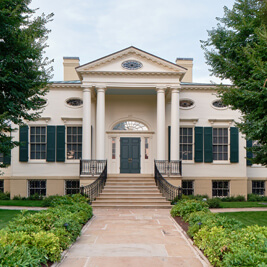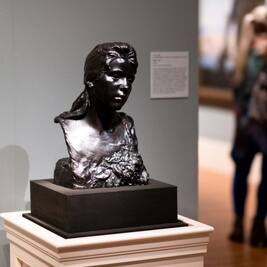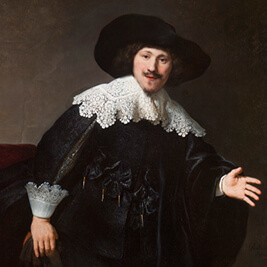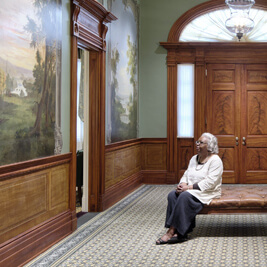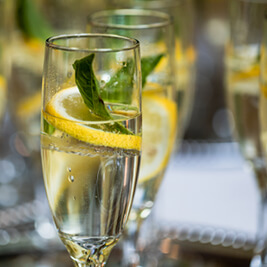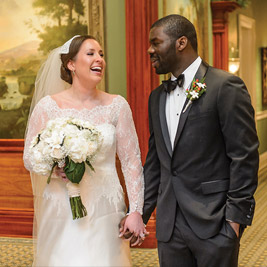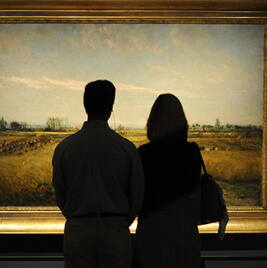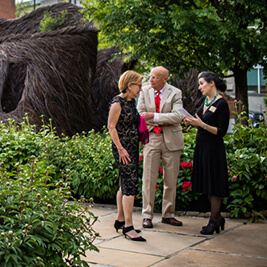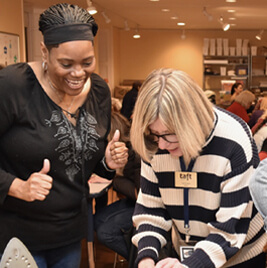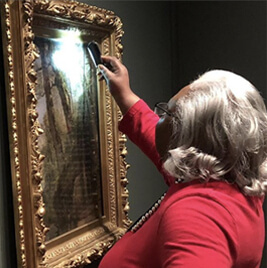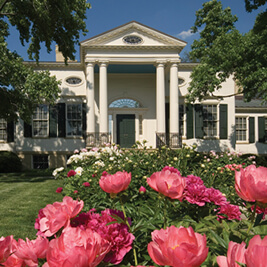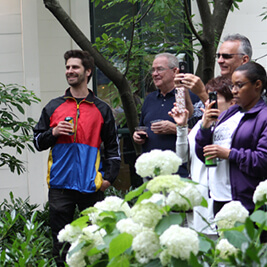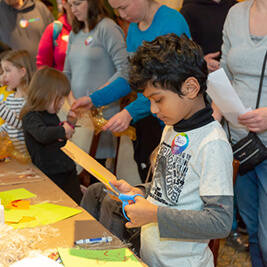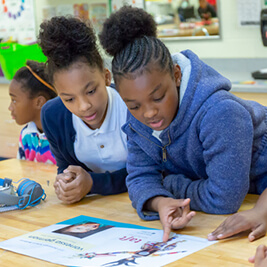- Do + See
- Dine + Host
- Give + Join
- Educate + Learn
Chinese Tea Culture
Practicing an Ancient Tradition to Find Comfort Amid Chaos
by Ann Glasscock, Assistant Curator
As I begin my thoughts about Chinese tea and its rich history, I start with a quote from the English playwright Arthur Pinero (1855–1934): “While there is tea, there is hope.” Although these words may seem trivial in the face of all the challenges 2020 has given us, I remain optimistic. We can find hope in any number of places. For example, many writers have noted that drinking tea often allows one to find inner peace. In 1937 Lin Yutang wrote in his book The Importance of Living, “There is something in the nature of tea that leads us into a world of quiet contemplation of life.” I encourage you to try and find a moment of peace and hope in perhaps an unexpected place: a cup of tea.
The Taft Museum of Art is home to nearly a dozen Chinese porcelain teapots as well as several Chinese enameled copper tea bowls and tea caddies, allowing my musings on tea culture to come to life through objects in the collection. But first, have you ever thought about who even discovered tea? Legend has it that it was the mythical Chinese emperor Shennong, who ruled around 2700 BCE. Supposedly, one autumn day Shennong, known as the father of medicine and agriculture, stopped to rest and have a drink of water. He preferred that the water be heated to purify it. With the hot drink in his hand, he sat down next to what just happened to be a small tea tree. Several leaves fell from above and, unbeknownst to him, landed in his water. Shennong, delighted by the flavor, peacefully enjoyed the first cup of tea. Today, we steep tea in much the same way, with loose leaves. This practice, however, was uncommon until the Ming Dynasty (1368–1644), when the teapot—the perfect brewing vessel—gained in popularity.
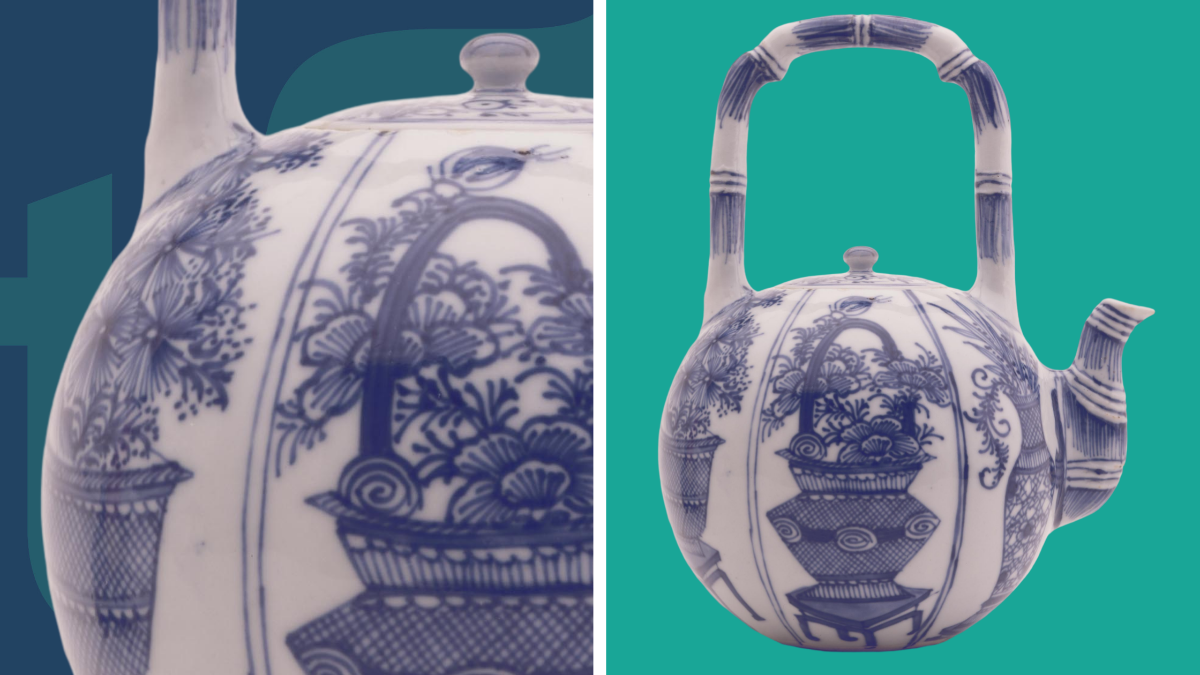
Teapot with Vases of Flowers, about 1662–1722, China, Qing dynasty (1644–1911), Kangxi reign (1662–1722), porcelain with underglaze blue decoration. Taft Museum of Art, 1931.69
In the Taft’s collection, there is an elegant blue-and-white teapot with a bamboo-form handle and short, curved spout—a gentle tilt allowing for the perfect pour. Made around 1700, an artisan painted its spherical body with vases, baskets, and jardinieres filled with peonies, lotus, and pinks, as well as a type of fungus known as lingzhi. In Chinese culture, each of these elements is imbued with meaning. For example, the peony symbolizes prosperity, dignity, and eloquence; the lotus, purity and enlightenment; the pinks, love, affection, and gratitude. The fungus lingzhi represents longevity. The teapot’s decoration and all that it symbolizes encourages us to appreciate nature and to think about what qualities we want to strive for in our own lives.
Teapots, of course, come in all shapes and sizes. They can be relatively simple, like the teapot above, or they can take the form of a young boy and mythical beast. Here, a child, wearing a tunic decorated with peonies, sits atop a recumbent qilin. This benevolent creature is depicted with a dragon’s head, scaly body, cloven hooves, and a lion’s tail. The teapot’s lid is the boy’s topknot, and his outstretched hand holds a sheng, or reed pipe, forming the spout. His left arm rests on the mythical beast’s tail to form the handle. The qilin is often seen as a sign of good fortune, making this an auspicious object to have in the collection.
Thousands of teapots just like these were exported from China, as trade between the East and the West flourished. Of course, Westerners not only wanted teapots, they also wanted tea leaves. During the early 1600s, Dutch merchants began exporting tea to Europe in earnest. When the Portuguese noblewoman Catherine of Braganza married King Charles II of England in 1662, she brought her love of tea to the court, making it popular with the English aristocracy. This new beverage eventually became widespread throughout Western society.
At first, tea was a luxury good in the West, and Europeans paid high prices for this exotic commodity. Owners therefore stored these expensive leaves under lock and key in objects known as tea caddies. Given to the Taft in 2014, this remarkable mid-18th-century enameled copper tea caddy contains three canisters, one for sugar and one each for green and black tea—as it was polite to offer both to guests. The rectangular canisters fit neatly into the caddy, and the circular lids made it easy to measure out the tea for transfer to the teapot. Although the teapot was usually at the center of display, tea caddies, as well as a number of other vessels and utensils were, and still are, part of the ritual of sitting down to a cup of tea. So I invite you to fill your favorite teacup or mug and find comfort in its warmth. As I wrap up my musings on this subject—and as you stop to enjoy that first sip—I leave you with an Irish proverb: “Life is like a cup of tea; it’s all in how you make it.”
